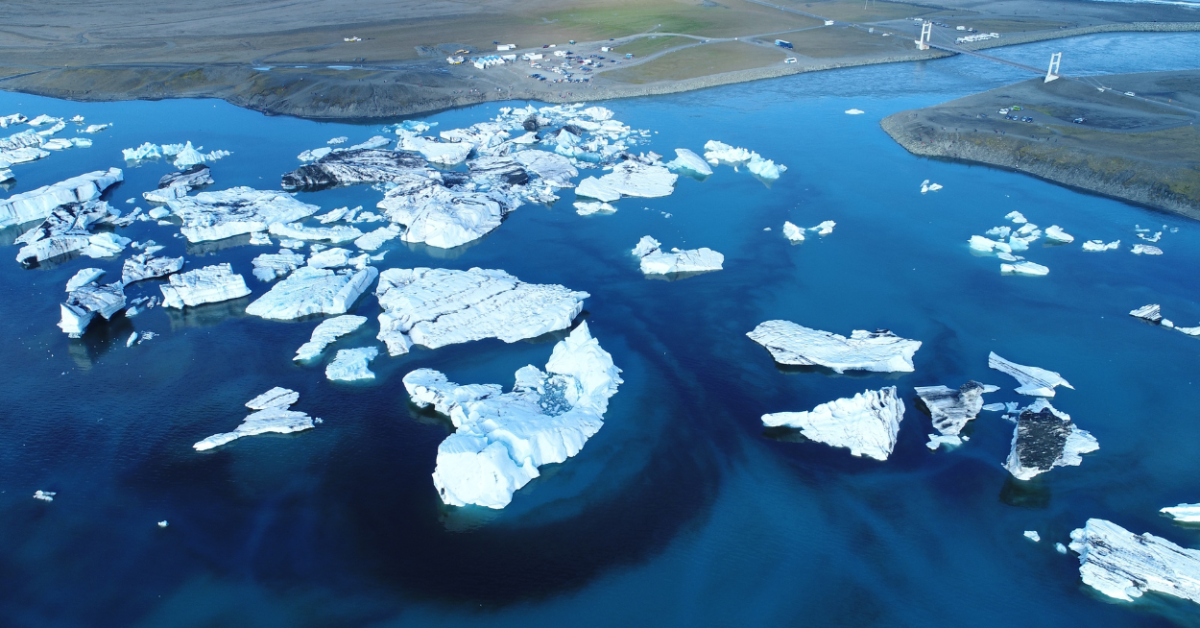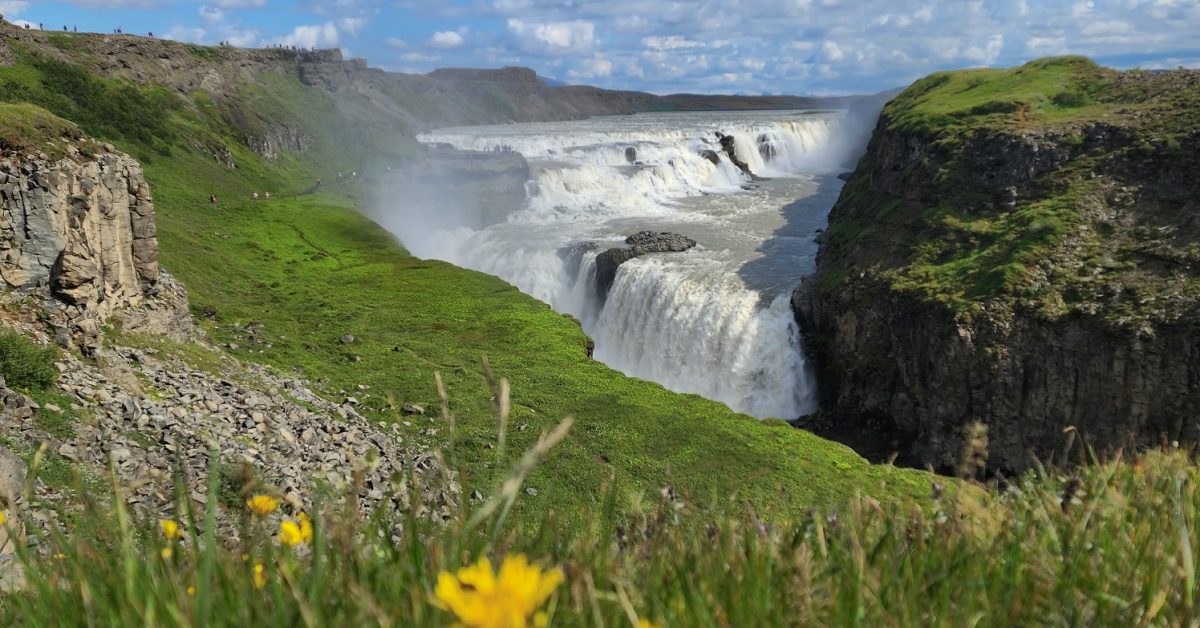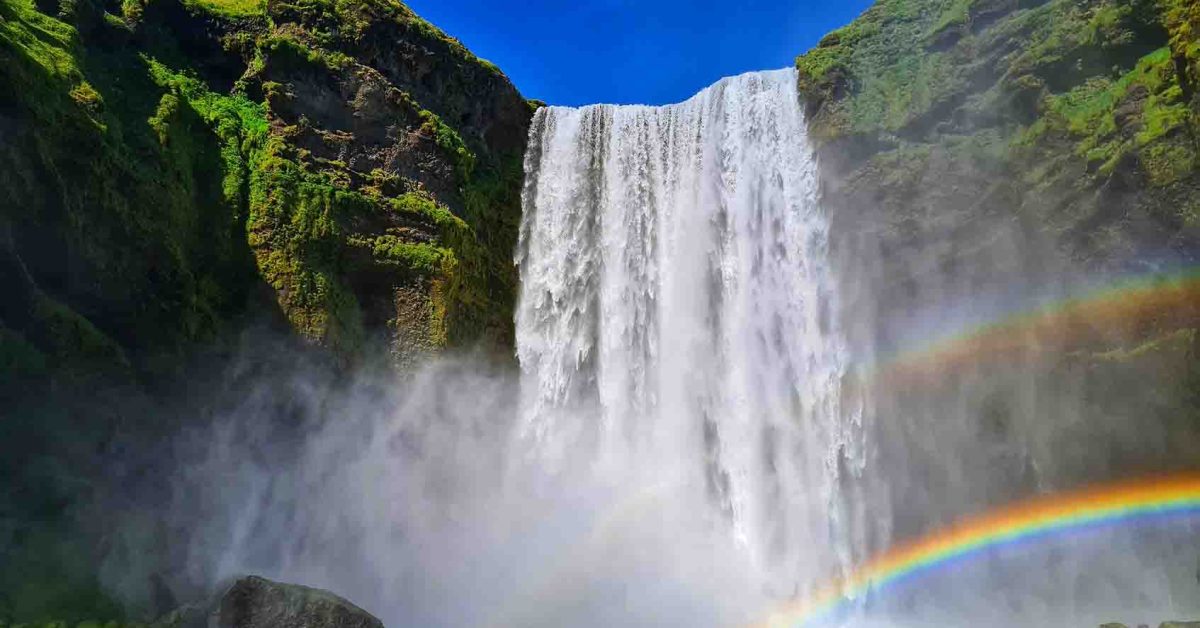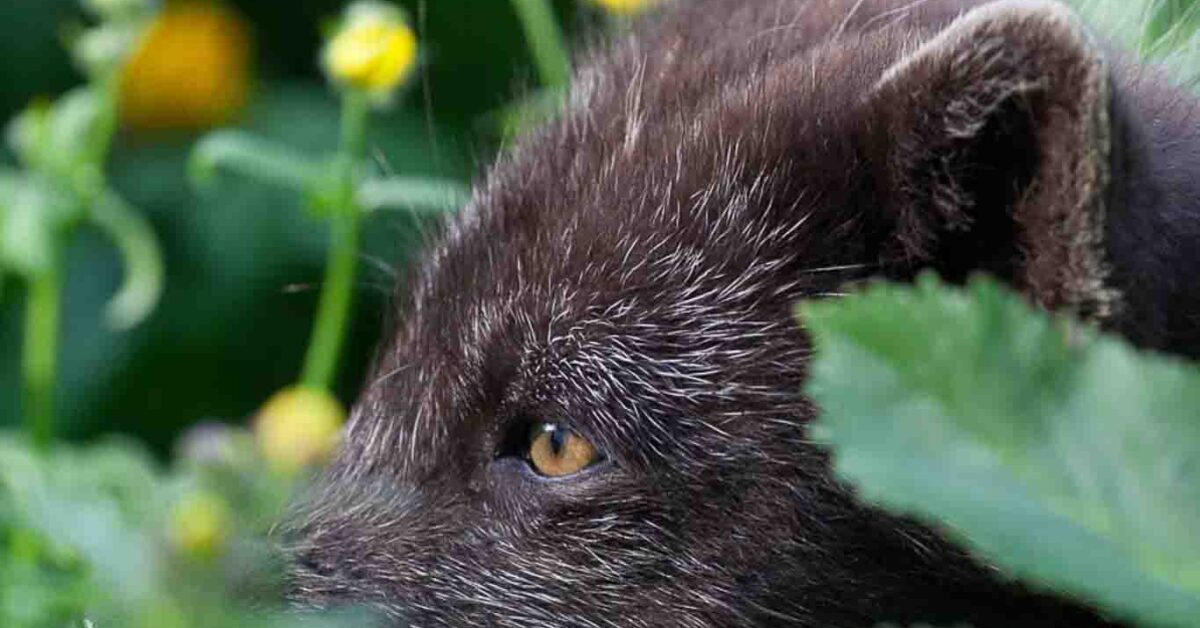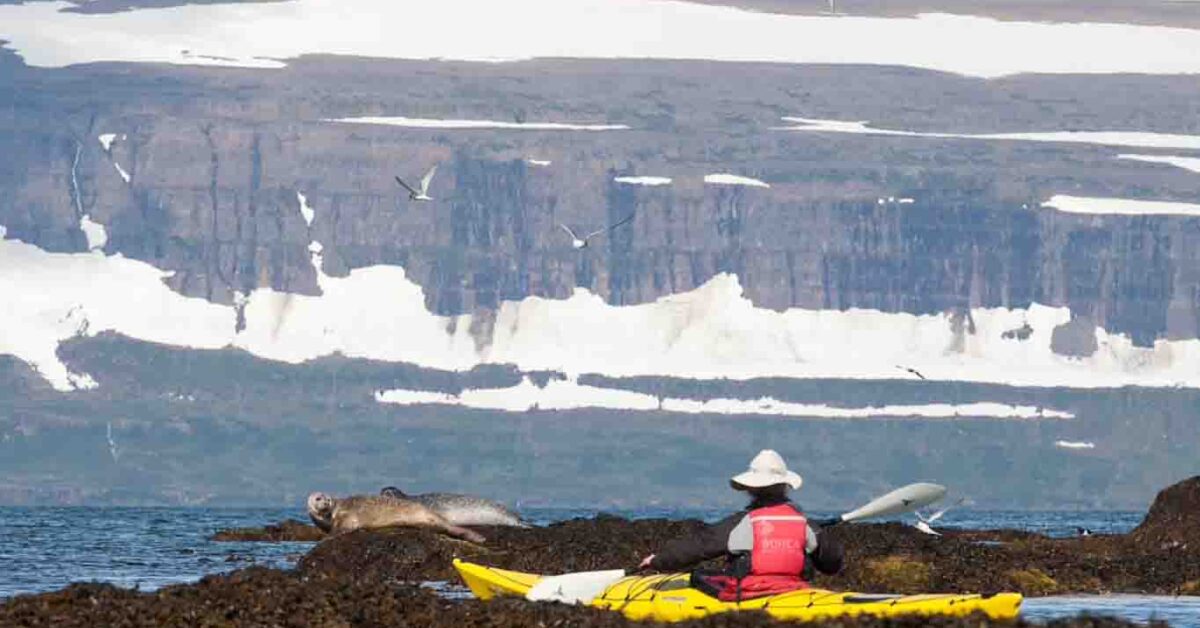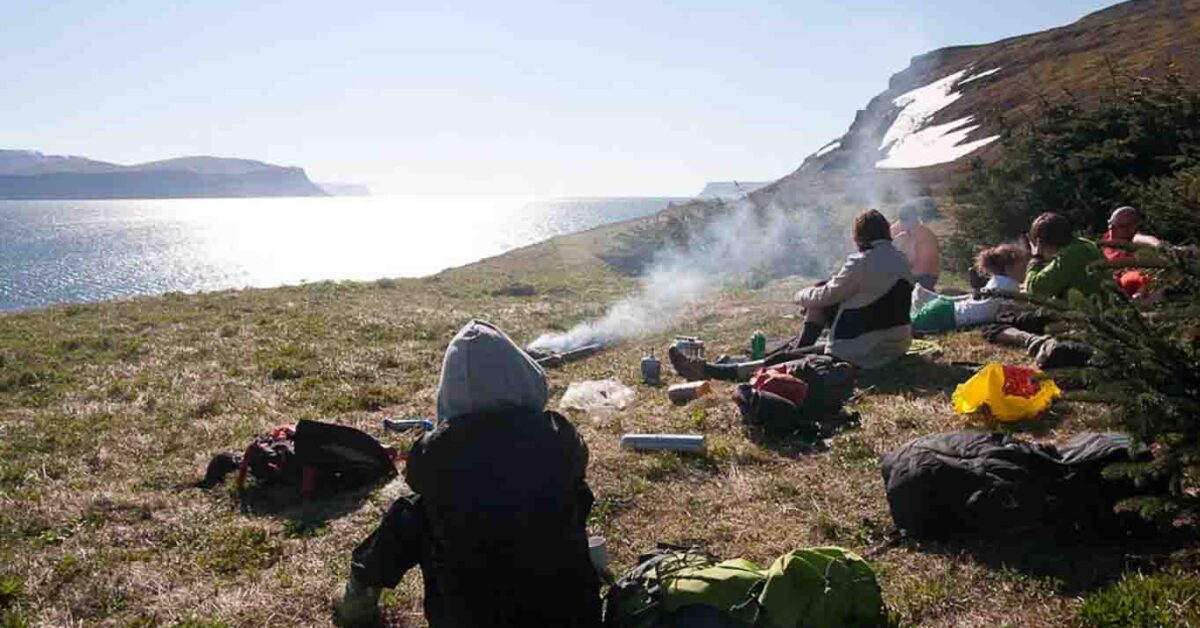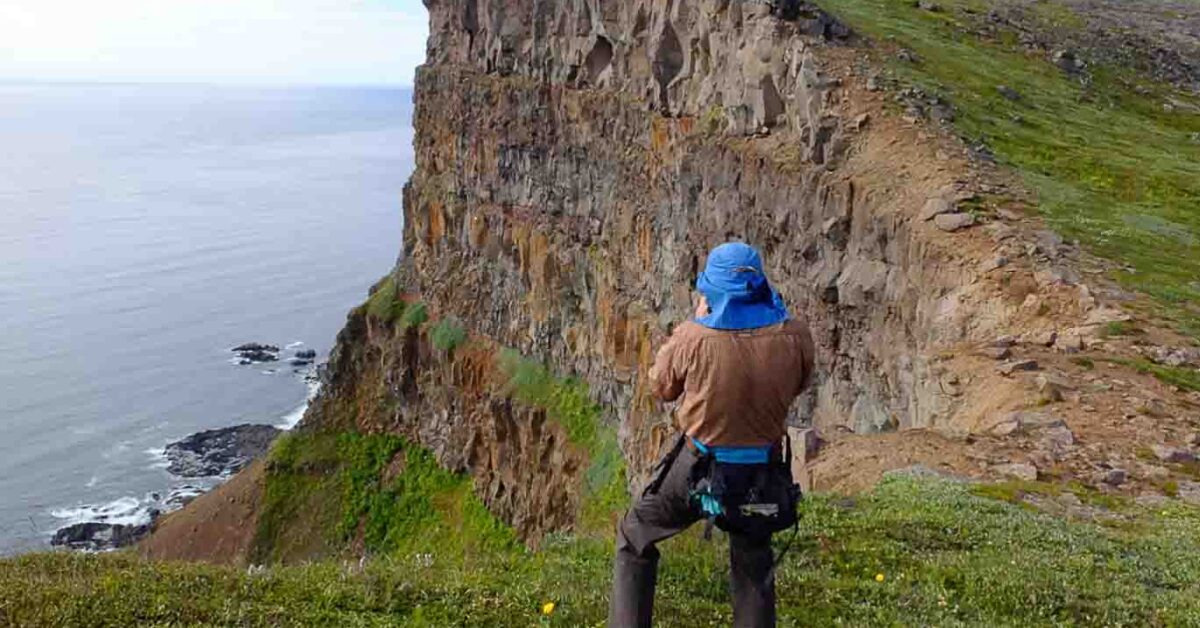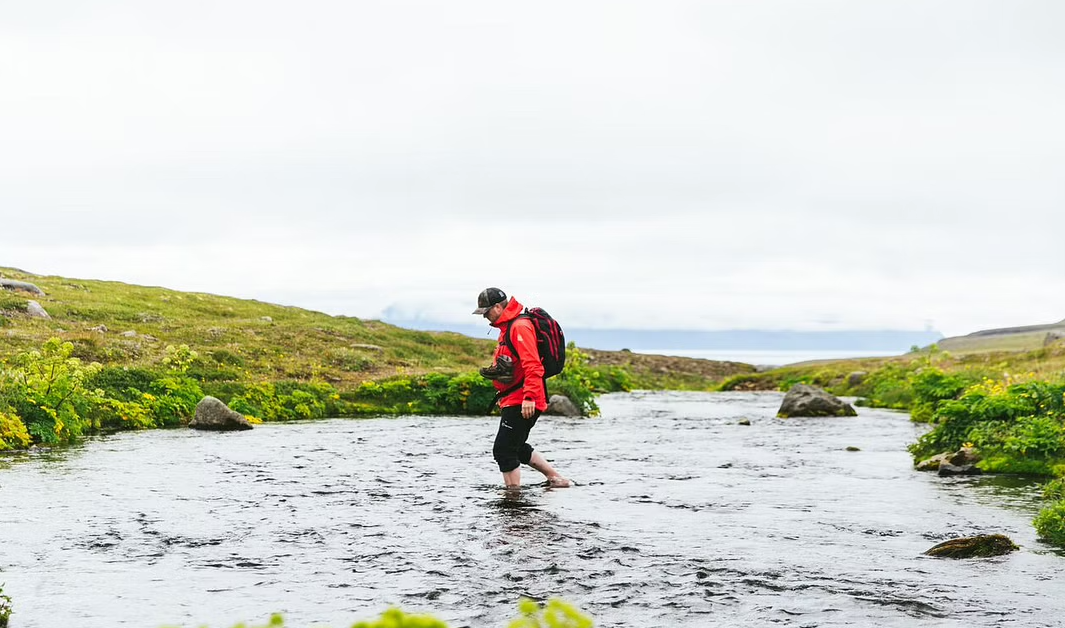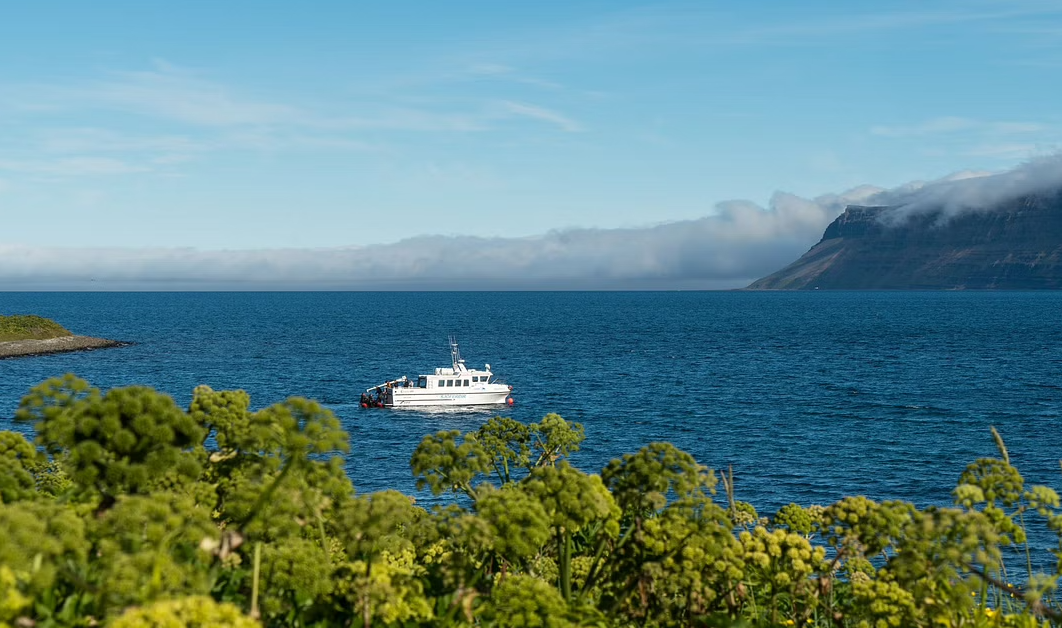Iceland’s Arctic Fox: The Resilient Guardian of the North
The Arctic fox, scientifically known as *Vulpes lagopus* and commonly called the “White fox” or “Polar fox,” is the only native land mammal in Iceland.
Known locally as “heimskautarefur” or “melrakkki,” this species is exceptionally adapted to the extreme conditions of the Arctic.
- Physical Characteristics
Arctic foxes are relatively small canids, with adult weights ranging from 2.5 to 4.5 kg (5.5 to 9.9 lbs) and body lengths of 46 to 68 cm (18 to 27 inches). Their bushy tails can reach up to 30 cm (12 inches).
Their thick, warm fur is a standout feature, offering insulation in frigid temperatures. These foxes exhibit seasonal colour changes: white in winter for snow camouflage and brown or grey in summer to blend with the tundra.
In Iceland, there are two colour morphs: the typical “white” morph, which transitions from a white winter coat to a brownish-grey summer coat, and the rarer “blue” morph, which retains a dark, blue-grey coat year-round. The blue morph is more common in coastal regions with less persistent snow.
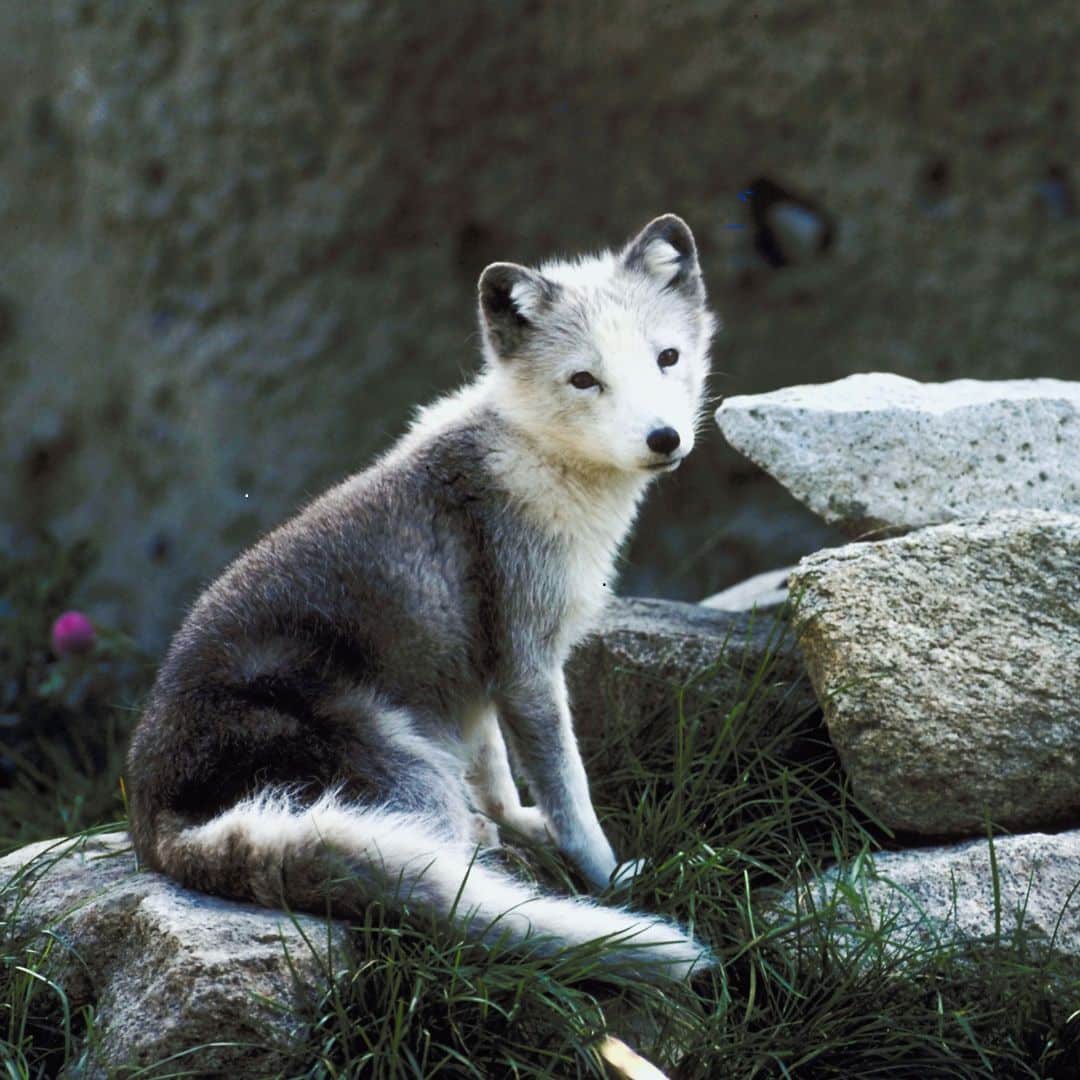
- Habitat
Arctic foxes are distributed across Iceland, from coastal regions to the highlands. They are especially numerous in the Westfjords, Hornstrandir Nature Reserve, and the country’s northern parts.
These foxes create dens in various environments, including coastal cliffs and riverbanks. They often choose locations difficult for larger predators and humans to access. Their dens, used for breeding and shelter, can be extensive, with multiple entrances.
- Diet and Hunting
Arctic foxes adjust their diet according to seasonal availability as omnivores and opportunistic feeders. Their diet includes:
– Seabirds and their eggs, particularly from large colonies like Hornstrandir.
– Small mammals like field mice, where available.
– Carcasses of marine animals, including seals and fish, were washed ashore.
– Berries, roots, and other vegetation during the summer.
These foxes typically hunt alone, relying on their acute senses of smell and hearing to locate prey beneath snow or in dense vegetation.
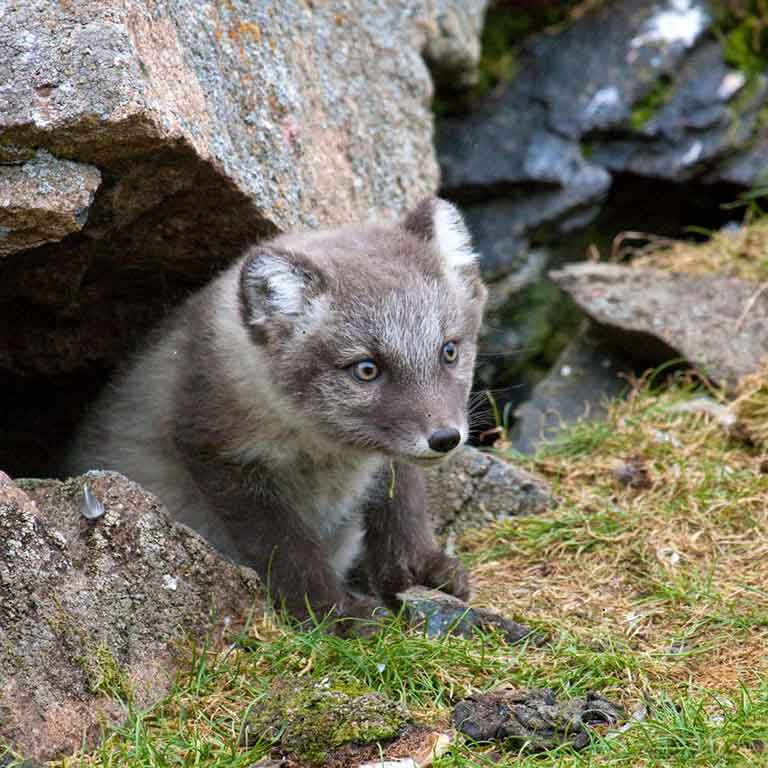
- Reproduction and Lifecycle
Arctic foxes breed from late March to early April in Iceland, with monogamous pairs responsible for raising the young.
The gestation period lasts about 52 days, with litters of 5-10 pups born in May or early June. The pups, born blind and helpless, grow quickly and start exploring outside the den at around 3-4 weeks of age. By fall, the young foxes learn to hunt and become self-sufficient.
Survival rates for young Arctic foxes are low, often due to food scarcity and harsh weather. However, those who survive their first year can live up to 10 years in the wild.
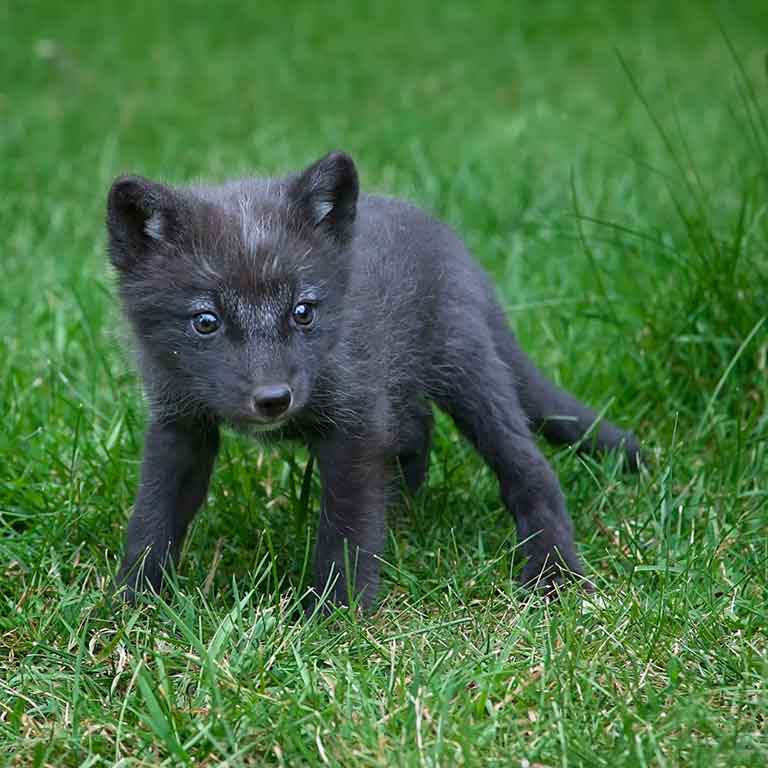
- Adaptations to Cold
The Arctic fox has the warmest fur of any mammal, with a dense undercoat and thick topcoat that provide insulation in temperatures as low as -50°C (-58°F). Their paws are also covered in thick fur, offering both warmth and improved traction on icy surfaces.
They store fat in autumn to endure the winter when food is scarce—their seasonal colour change aids in camouflage, essential for hunting and avoiding predators.
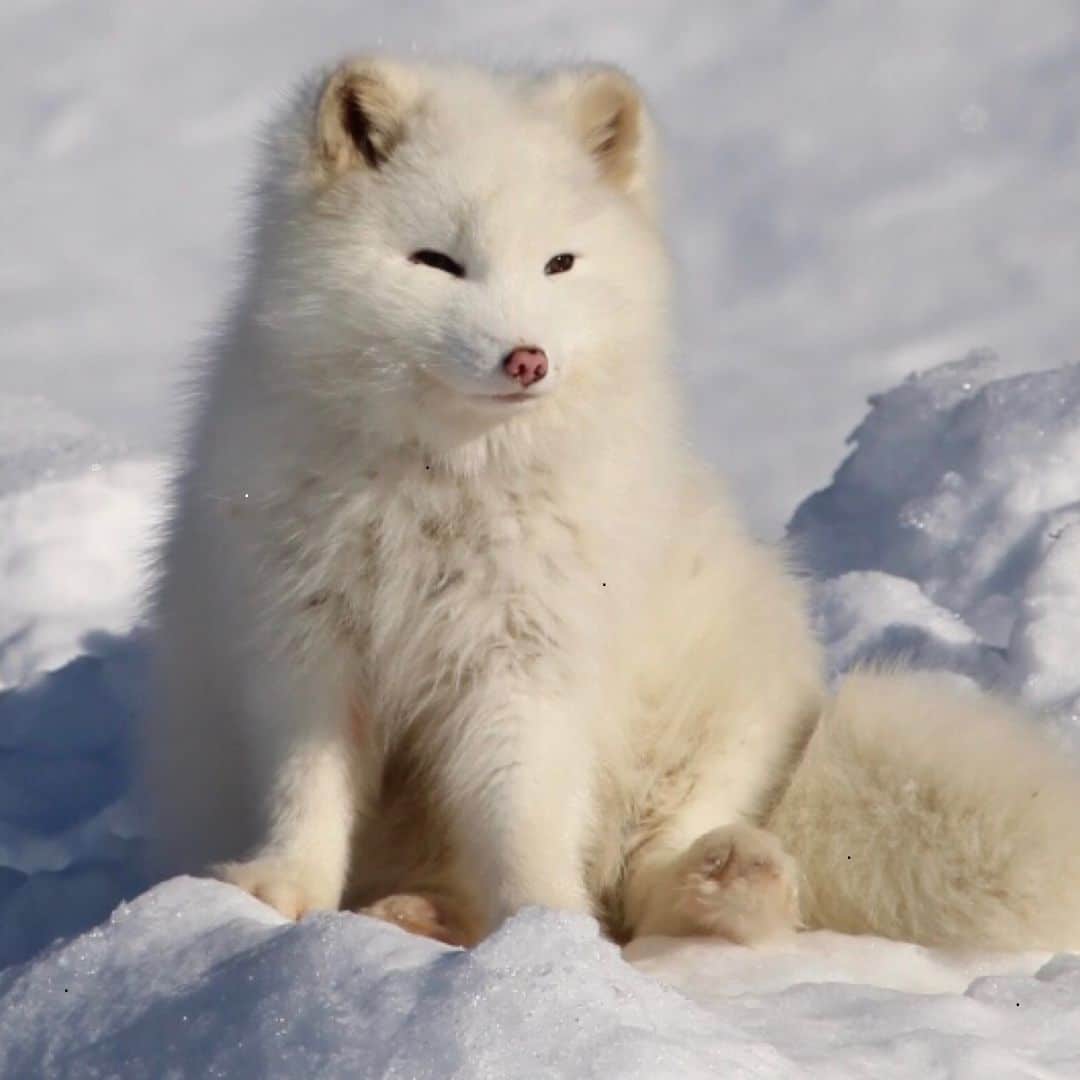
- Behaviour
Outside of the breeding season, Arctic foxes are generally solitary. They establish and defend territories, particularly during breeding when resources are needed for their offspring.
Communication occurs through vocalisations, scent marking, and body language. Their vocalisations include barks, screams, and howls, used to establish territory, attract mates, and communicate with their young.
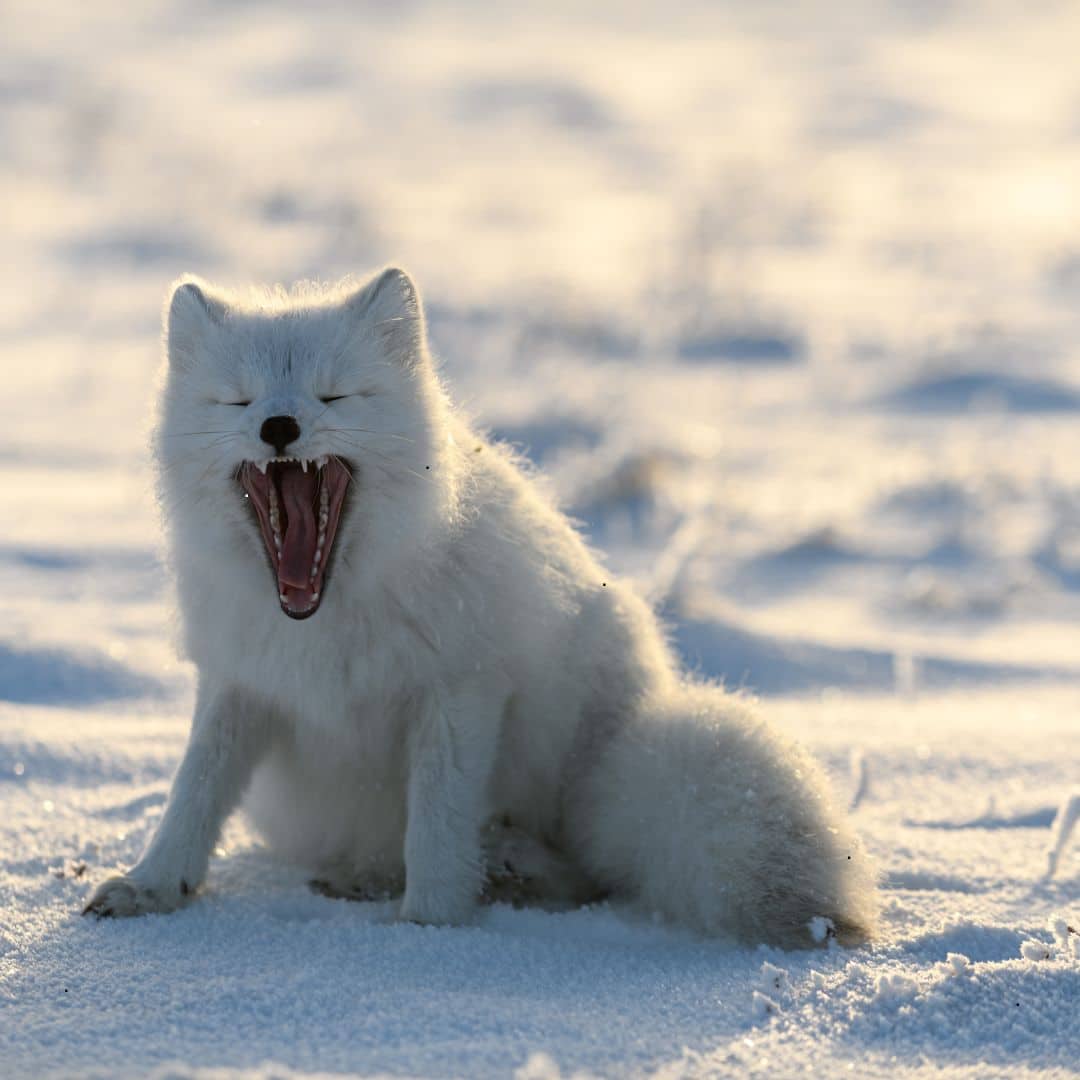
- Population and Conservation
The Arctic fox population in Iceland is estimated at 8,000 to 10,000 individuals, with numbers fluctuating based on food availability and environmental conditions.
While not endangered in Iceland, the species is monitored closely. Certain areas, such as Hornstrandir, offer protection where hunting is prohibited.
The main threats include climate change, which impacts their habitat and food sources, and competition with introduced species like mink. Hunting also occurs in some regions, though it is regulated.
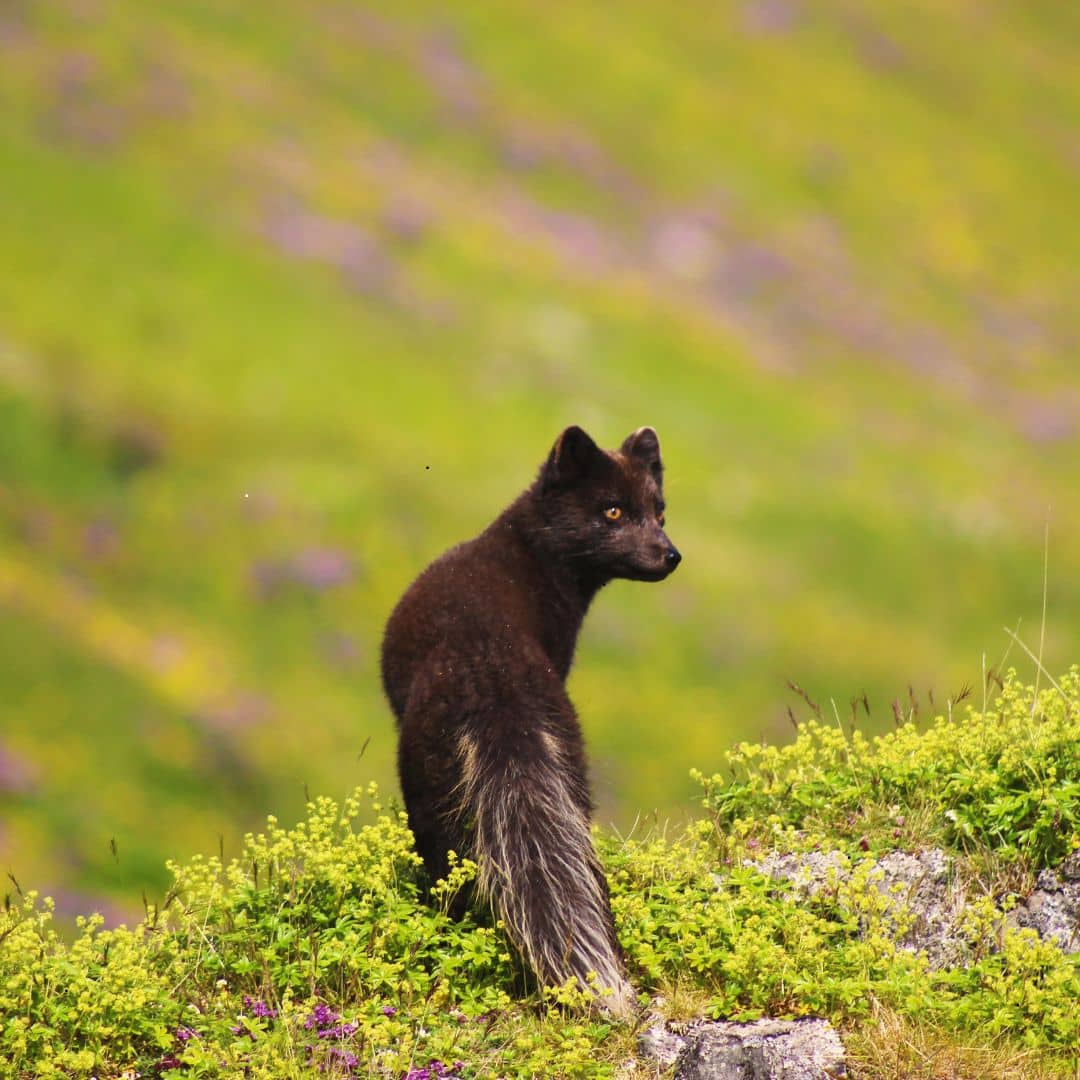
- Cultural and Ecological Importance
The Arctic fox holds significant cultural value in Iceland, often symbolising resilience and adaptability.
Ecologically, the Arctic fox is a crucial predator and scavenger. Controlling bird and small mammal populations and scavenging carrion help maintain the ecosystem’s balance.
- Research and Observation
Iceland conducts ongoing research to study Arctic fox populations, behaviour, and environmental interactions, including tracking movements, monitoring dens, and analysing diet.
Wildlife enthusiasts and photographers are drawn to the Arctic fox, especially in areas like Hornstrandir. Tours for observing these animals are available and designed to minimise disturbances.
The Arctic fox in Iceland is a species perfectly adapted to the island’s challenging environment. As the only native land mammal, it plays a vital ecological role and holds cultural significance.
Continued conservation efforts and research are essential to ensure the survival and prosperity of this resilient species in its unique habitat.













